In recent years, Portugal has become world famous for its seafood (bacalhau), sandwiches (the beloved prego comes to mind), pastries (pastel de nata), and high quality of its wine, among many other culinary highlights. However, there’s a lesser-known side to Portuguese cuisine—an array of bizarre and adventurous foods that might make the average eater pause. These unusual delicacies are beloved by locals but may seem quite daunting to those unfamiliar with them. Here’s a look at some of the more peculiar Portuguese foods, consumed with pride but perhaps warranting a warning: “Eat at your own risk!”
1. Caracóis (Snails)
Snails might seem like something you’d find in a French restaurant under the name escargot, but in Portugal, particularly in the summer, caracóis (small snails) are a common snack. These tiny mollusks are simmered in a broth made of garlic, olive oil, oregano, and sometimes a splash of beer or wine. The result is a briny, garlicky snack served in large bowls, often alongside cold beer. While locals slurp them up with enthusiasm, visitors might find their slimy texture a bit challenging.
If you can get past the visual and the texture, the flavor is mild and herbaceous, making it a beloved summertime treat. But not everyone can stomach a bowl of snails!

2. Bitoque
While bitoque may seem like an unassuming dish at first glance—a simple steak and fries—it’s the unusual combination of elements that might raise eyebrows. The dish consists of a thinly cut steak, fried in a pan, often topped with a fried egg. It’s accompanied by fries, rice, and sometimes a small salad. What makes it bizarre for some is the Portuguese penchant for drenching it all in a vinegar-based sauce or smothering it in mustard or ketchup. The combination of flavors—especially the yolky egg running into the fries and steak—might be unusual for those accustomed to more straightforward steak dishes.
The texture mash-up of crispy fries, tender steak, and runny egg is either a dream or a nightmare, depending on your taste preferences.
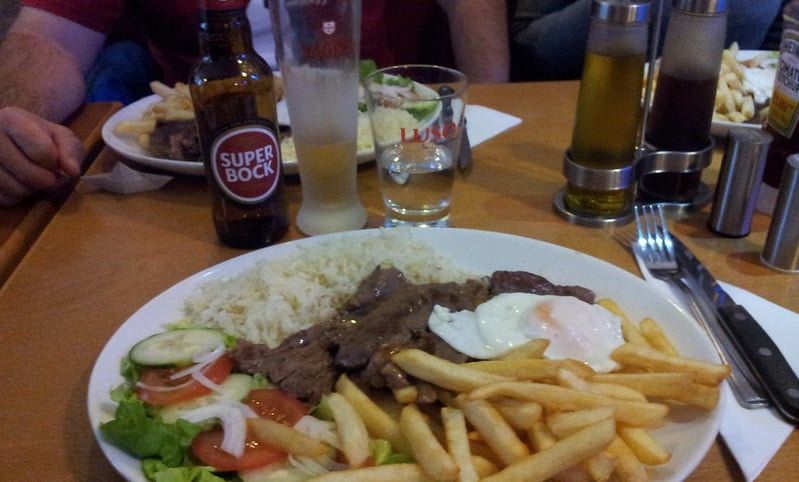
3. Sarrabulho
Sarrabulho is a dish that even adventurous eaters may hesitate to try. Originating in northern Portugal, it’s a stew made from pork and sometimes other meats, thickened with blood. The blood gives the stew its dark, rich color and a distinctively earthy flavor. It’s often served with rice (arroz de sarrabulho), which is similarly cooked with blood. Though it’s a traditional comfort food for many Portuguese families, the thought of eating a blood-based stew is understandably off-putting for some.
If you’re squeamish about blood in your food, this might not be the dish for you. But for those brave enough to try it, sarrabulho offers a hearty, rich experience with a depth of flavor that’s hard to find elsewhere.
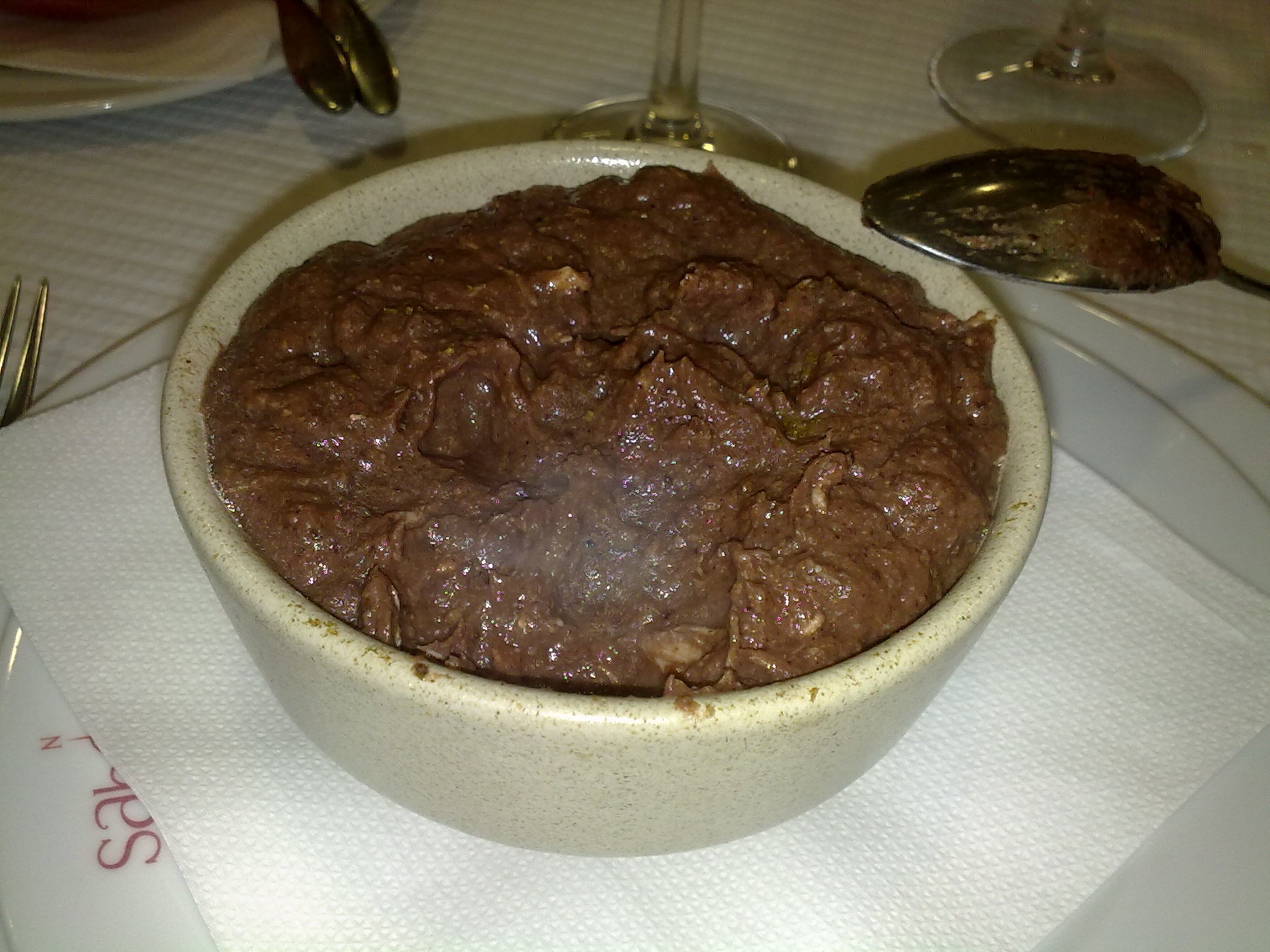
4. Lampreia (Lamprey)
Lampreia, or lamprey eel, is one of the most peculiar creatures you’ll ever see on a plate. Resembling a slimy snake with a circular, jawless mouth, the lamprey is a jaw-dropping delicacy in Portugal, particularly in the northern Minho region. The fish is typically stewed in its own blood and served over rice. It has a rich, iron-heavy flavor that’s often compared to liver.
Even for seafood lovers, lamprey can be an acquired taste, and the way it’s served—swimming in a dark, blood-based sauce—might be visually unappealing for some.
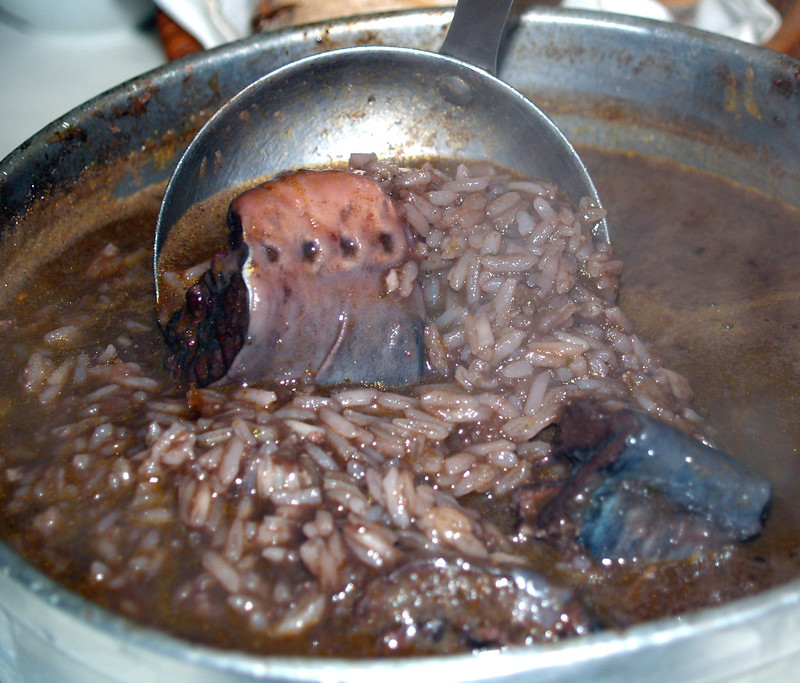
5. Tripas à Moda do Porto (Tripe Stew)
Tripe, the lining of a cow’s stomach, is the star ingredient in this traditional dish from Porto. The tripe is slowly cooked with beans, chouriço (Portuguese sausage), and vegetables in a rich broth. The history of Tripas à Moda do Porto goes back centuries, with the dish being a symbol of frugality and resilience, but it’s not for everyone. The chewy, gelatinous texture of tripe is what makes this dish particularly divisive.
Tripe’s texture can be off-putting for many, but the stew’s deep, comforting flavors make it a staple in Porto. If you’re feeling brave, it’s worth a try!
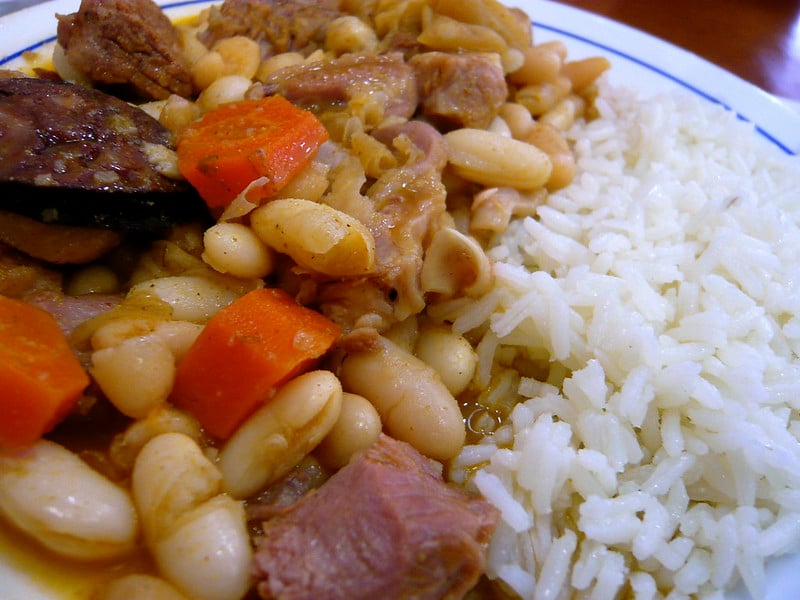
6. Ovas (Fish Roe)
Ovas, or fish eggs, are a delicacy in Portugal, often served grilled or fried. The roe can come from various types of fish, including cod and sardines. While it’s a treat for seafood lovers, the thought of eating an entire egg sac might be too much for the uninitiated. The texture can range from firm to grainy, depending on how it’s prepared.
If the idea of eating fish eggs doesn’t phase you, then ovas can be a delightful experience. But for those sensitive to textures, the popping sensation of the eggs can be quite jarring.
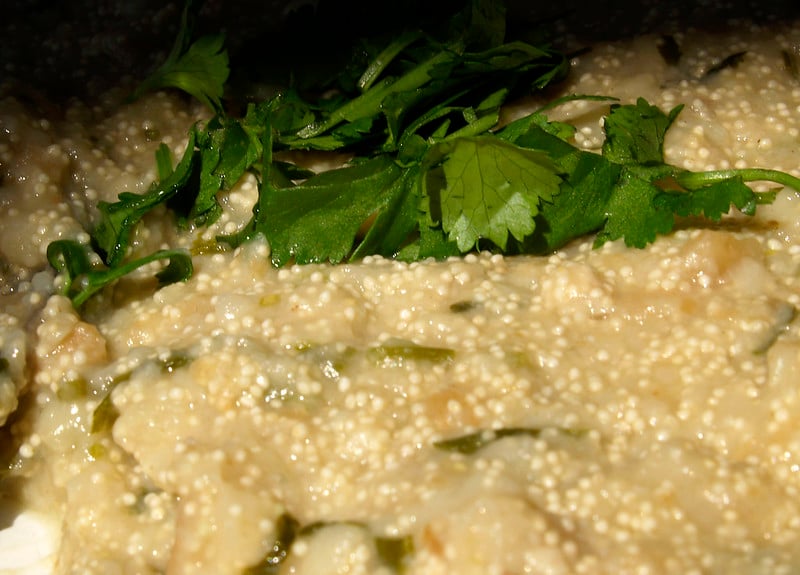
7. Mão de Vaca com Grão (Cow’s Hoof with Chickpeas)
This dish is exactly what it sounds like—cow’s hoof, slow-cooked with chickpeas. The gelatinous texture of the hoof, combined with the hearty chickpeas, makes for a unique stew. While it’s considered a warming, comforting dish by locals, the thought of eating cow’s feet can be unsettling for many.
If you can handle the texture of the hoof, this dish is actually quite flavorful. But if you’re sensitive to gelatinous textures, you might want to steer clear.
I’m glad you enjoyed it! Here are four more bizarre yet popular Portuguese foods to add to the list:
8. Enguias Fritas (Fried Eels)
Fried eels, or enguias fritas, are particularly popular in coastal regions like Aveiro. These slippery creatures are sliced into bite-sized pieces, seasoned, then deep-fried until crispy. The crunchy outside contrasts with the soft, sometimes slightly gelatinous interior. While fried foods are often comforting, the visual of eel parts on a plate might make some diners uneasy.
The flavor of fried eel is quite mild and pleasant, but the idea of eating a snake-like fish might take some getting used to. Texture, once again, is the main challenge here.
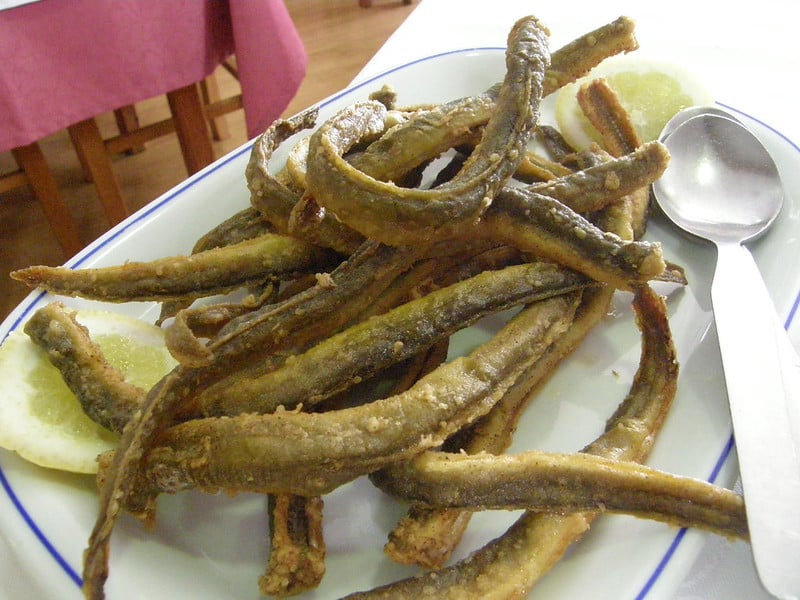
9. Percebes (Goose Barnacles)
One of the more visually striking seafood dishes in Portugal is percebes—goose barnacles. These odd-looking crustaceans cling to rocks on the coast and are harvested in a dangerous and often risky process. Their appearance is rather alien, resembling tiny, clawed fingers. Once boiled in saltwater, they’re eaten by peeling off the tough outer shell and slurping the salty, briny flesh inside. They’re prized for their unique flavor, which some say is like eating the essence of the sea.
While the flavor is often described as incredible, the appearance and the effort it takes to eat these creatures might make some hesitate. Be prepared for a messy, hands-on experience.
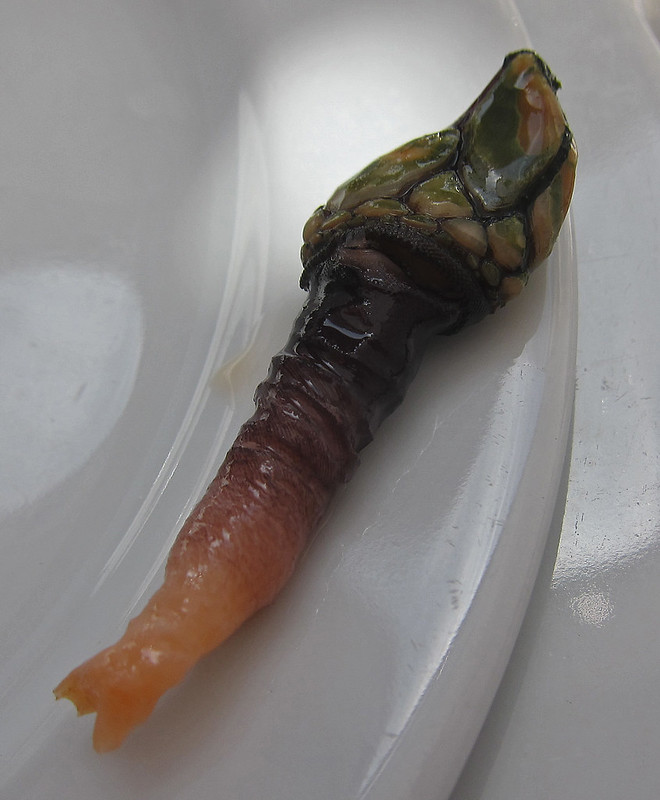
10. Maranho
Maranho is a traditional dish from the central region of Portugal, specifically from Sertã. It’s a type of sausage made by stuffing a sheep or goat’s stomach with a mixture of rice, pork, ham, mint, and sometimes blood. It’s then boiled or slowly stewed, allowing the flavors to meld together. While maranho is considered a regional delicacy, the idea of eating a stuffed stomach might be unappealing for some, especially given the strong, gamy flavors and chewy texture of the stomach lining.
If you’re adventurous enough to try maranho, you’ll find it’s a deeply flavorful dish. However, the strong taste of the stomach casing may be too much for some palates.
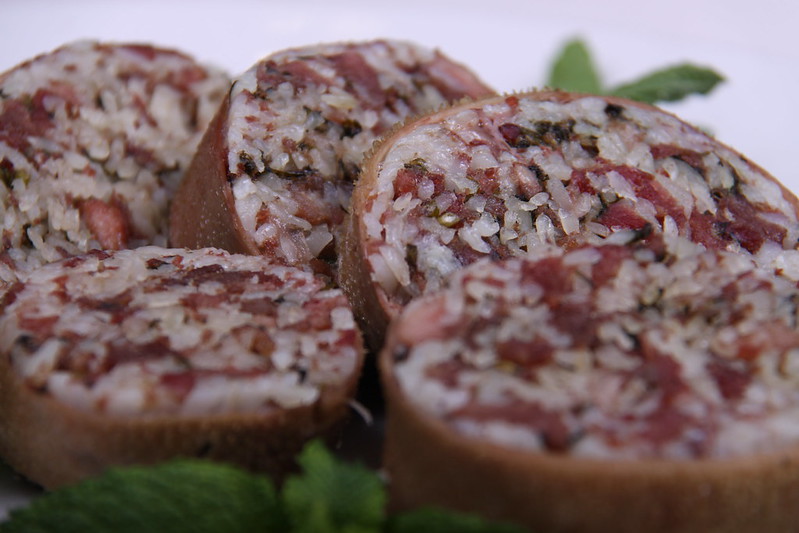
11. Iscas de Fígado (Liver Strips)
Liver lovers will rejoice, but others might balk at iscas de fígado, a dish consisting of thin strips of pork or beef liver marinated in wine, garlic, and spices, then fried to perfection. Liver, in general, has a strong, metallic taste that can be divisive. While it’s a beloved dish in traditional Portuguese homes, especially in Lisbon, it’s certainly an acquired taste for those not used to organ meats.
If you can handle the intense flavor and slightly grainy texture of liver, iscas de fígado can be a satisfying meal. For the unaccustomed, however, the taste can be overpowering and hard to enjoy.
Final Thoughts
Some of these bizarre Portuguese foods definitely require a daring palate and may push you far outside your comfort zone! However, many of these dishes are beloved by locals, so if you’re feeling bold and adventurous, dig into the stranger gastronomic side of Portugal and come away with culinary tales that you can share when you get back home! Let us know which sounds the least appealing!

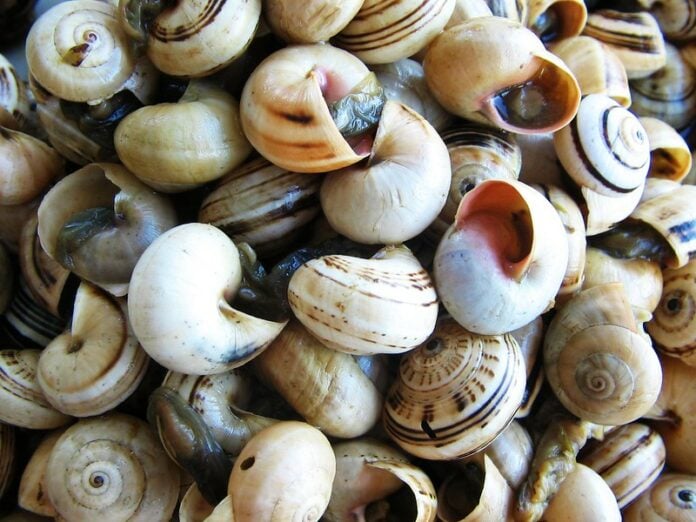

Fantastic. I can’t wait to try them.